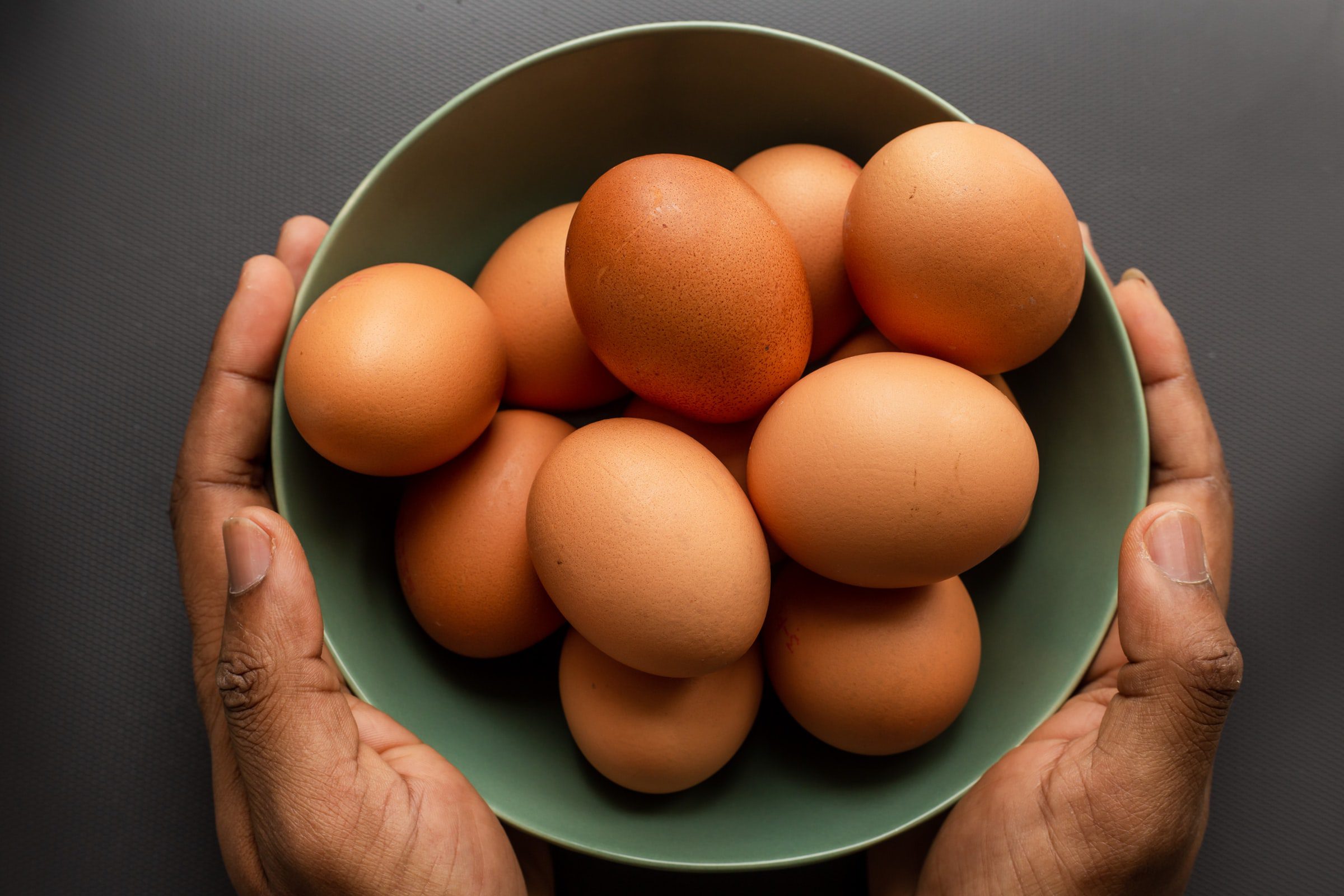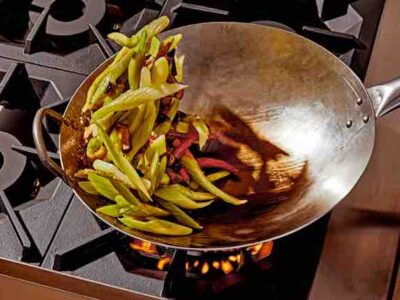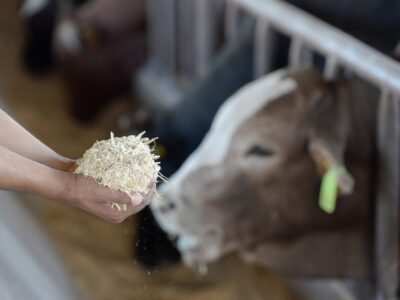(Bloomberg Businessweek) —
When Lisa Steele worked as a financial controller on Wall Street in the early 1990s, her day was measured by the opening and closing bell at the New York Stock Exchange.
Now the crowing of a rooster defines her days.
Steele, founder of the popular blog Fresh Eggs Daily, began raising chickens in 2009 “as a way to keep from getting bored” after stepping away from her job at Morgan Stanley. She keeps flocks of chickens, ducks, and geese on her farm in Dixmont, Maine, and in February released her first recipe collection, The Fresh Eggs Daily Cookbook ($28, Harper Horizon).
Steele is even better known as an expert on raising chickens in the backyard—she’s published four books on the subject. Over the past few years, she’s witnessed an increase in demand for good-quality eggs from happy birds. “I haven’t seen this level of interest in raising chickens, and by extension fresh eggs, since 2008 during the recession,” she says. The pandemic has made people reconsider where their food was coming from, as have concerns about animal welfare.
Concurrently, new legislation is propelling an historic shift in the U.S. egg industry toward producing mostly cage-free eggs, a move that’s better for chickens but hard on small farmers who can’t afford to make the costly transition. Purveyors like Vital Farms Inc use a network of more than 275 producers around the Southeast to power their supply of more-ethically raised eggs, which retail for about $5 a dozen. From March 2020 to the end of 2021, the number of households buying Vital’s pasture-raised eggs went from about 3 million to more than 6.4 million; net revenue grew 22%, to $260.9 million.
“We saw an acceleration of customers trying our eggs during the pandemic and then staying with us,” says Chief Executive Officer Russell Diez-Canseco. Vital has seen enough interest in upscale eggs that in March it introduced a new line, called True Blues—striking blue-shelled eggs that come from niche breeds and retail for $9 a dozen, or about four times the national average for generic supermarket whites.
Here are a few names in the shell game to know.
Warren Valley Farm
The couple hundred chickens on this Connecticut farm eat cracked corn and fermented grains and the occasional snack from the garden to produce their sought-after brown eggs. Also available: a small selection of colored chicken eggs and some of the most stunning quail eggs around.
Knoll Krest Farm
A staple of Union Square Greenmarket in Manhattan, the Hyde Park, N.Y.-based farm has attracted fans including star chef Bobby Flay. Its firm-yolked eggs come from hens raised on a vegetarian diet. Knoll Krest also sells good pasta and quiche, both made with its fresh eggs.
Polyface Farms
After cows are rotated to mow the grass ahead of feeding time, a portable “Egg Mobile”—aka a coop on wheels—moves hens around some 2,000 acres in Swoope, Va. The farm’s model has been praised by Michael Pollan, who featured it in his bestseller The Omnivore’s Dilemma.
Shirttail Creek Farm
Located between Houston and Austin in Brenham, Shirttail is a five-year-old operation that gives its chickens some Texas-size pastures to roam around. The birds snack on a mix of clover and ryegrass, resulting in eggs with notably rich, orange-colored yolks. A dozen go for about $7.
Marion Acres
Outside Portland, Ore., free-range Barred Rock birds eat a diet of bug-filled grass. The eggs have pronounced dark yellow yolks and are sold at the farm’s Helvetia Farm Market just after they’ve been laid and washed. Any eggs with broken shells are salvaged as breakfast sandwiches for shoppers.
Vital Farms
This network of family businesses features eggs from pasture-raised birds. The cartons, stamped with the name of the farm they’re from, sell nationally, including at Whole Foods Market. The pretty, deep-orange yolks (which can be tastier but aren’t necessarily more healthy) reflect the varied feed of the hens.
Unscrambling Bird-Word Hype
Free-range: A misleading term that means the chicken can access what may be a very small, even concrete outdoor space.
Cage-free: All this tells you is that multiple hens are given at least a square foot of space. They might still be packed into a warehouse.
Certified Humane pasture-raised: Third-party certification guarantees each bird six hours a day of outdoor time and 2 feet of space.
Some Notes on Freshness
As eggs age, moisture escapes and air seeps into the shells, which means they won’t be as great for fluffy scrambles or moist bakes. (Cakes want more hydration, not less.) But even eggs that have been sitting in your fridge for up to five weeks still have their uses.
The Float Test
Worried that an egg is too old? Place it in a tall glass of water. If it floats, it may have gone bad. Crack it open and check for a rotten smell to be sure.
Age as Asset
When hard-boiling or steaming, fresh eggs are a nightmare to peel. Older is better: That extra air creates slight gaps and increases the pH, making the shell easier to slide off.
A Supporting Role
You don’t need expensive eggs to bread a schnitzel or egg-wash a pie crust—or to fill an Easter basket.
To contact the author of this story:
Kate Krader in New York at kkrader@bloomberg.net
© 2022 Bloomberg L.P.Share





